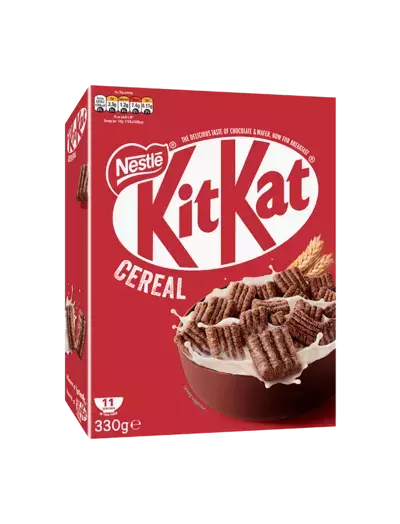Updated: 27th December 2024
We’ve created the ultimate whole grains foods list to help you pick some delicious additions to your diet. Explore the full list and discover the grains you love, alongside a few lesser-known options that contain fibre and some you can combine with your favourite breakfast cereals for delicious meals.
What are whole grain foods?
Whole grain foods contain all three parts of the grain kernel: the bran, germ and endosperm. The bran is the outer layer, rich in fibre, antioxidants and B vitamins. The germ is the nutrient-packed core that contains healthy fats, vitamins, minerals and protein. The endosperm is the middle layer, primarily composed of starchy carbohydrates and some proteins.
Together, these components provide a wealth of nutrients, including dietary fiber, iron, magnesium, zinc, and various B vitamins, making whole grains a vital part of a balanced diet.
9 whole foods for you can add to your next meal
1. Whole grain breakfast cereal
We had to start with our favourite way to enjoy whole grains: breakfast cereals. We’ve made whole grain the number one ingredient in all of our breakfast cereals with the Green Banner. Wherever you see the green banner on our packs, know that the cereal contains at least 8 grams of whole grain in each 30g serving. Guaranteed!
2. Bulgur wheat
This cereal grain comes from the cracked whole grains from wheat and provides important fibre. You can prepare bulgar wheat quickly, it fully cooks in 15 minutes. Bulgar wheat is often suited to savoury dishes as it has a mild and slightly nutty flavour, but it can suit sweet dishes too. It can be used instead of couscous or rice; so make a tasty salad for lunch or dinner.
3. Oats
Oats are a whole grain food and contain protein, vitamins and minerals. They are available in different forms including rolled and steel-cut. Rolled oats are commonly found in porridge, biscuits, bread and even in our Shreddies® Oat & Carrot Muffins Recipe. So, you’re bound to find easy ways to add them to your diet. See our Cheerios® Apple & Cinnamon Overnight Oats Porridge Recipe too for another tasty way to enjoy more whole grain foods.
4. Cracked wheat
Cracked wheat comes from grinding wheat berries into a coarse mix. It’s similar to bulgur wheat in that it is often used instead of couscous and rice for cold salads, curries and other dishes. If you choose a finer cracked wheat you can use it instead of regular flour so you can make bread with it too - another example of whole grain foods that can be used in both savoury and baking recipes.
5. Buckwheat
Buckwheat is a fruit seed but it’s considered part of the grain family, so you’ll find it’s a good whole grain food alternative to couscous, pasta and rice in many savoury dishes. It’s a source of protein and naturally gluten-free, ideal for upping your whole grain intake as part of a gluten-free diet.
6. Spelt
For a nutty alternative to your regular wheat flour, try out spelt. This whole grain provides fibre and more. Choose spelt flour for an alternative flour when baking or choose spelt for a risotto or a substitution for rice.
7. Whole barley
With only the outer shell being removed, whole barley is a great source of fibre. It’s different to pearl barley which isn’t a whole grain because the fibre is removed during manufacturing.
Whole barely has the outer shell removed when being made but nothing else, so it keeps the fibre rich layer which makes it a whole grain. You can use it instead of rice so add it to salads or even soup.
8. Brown rice
You can switch to brown rice if you regularly use white. Brown rice only Brown rice goes brilliantly in salads but can be used alongside curries and stir-fries as well. It's also higher in fibre than white rice!
Nestlé Cereals whole grains food list for breakfast:
Looking for some whole-grain inspiration? Take a look at our Nestlé breakfast cereal recipes, which include ideas that also use whole grain cereals, so you have plenty of fun and tasty ways to add them into your diet.
Now that you have a handy list of whole grains foods, delve into our full guide on what are whole grains and why we need them, or explore the top gluten-free grains you should know about.













